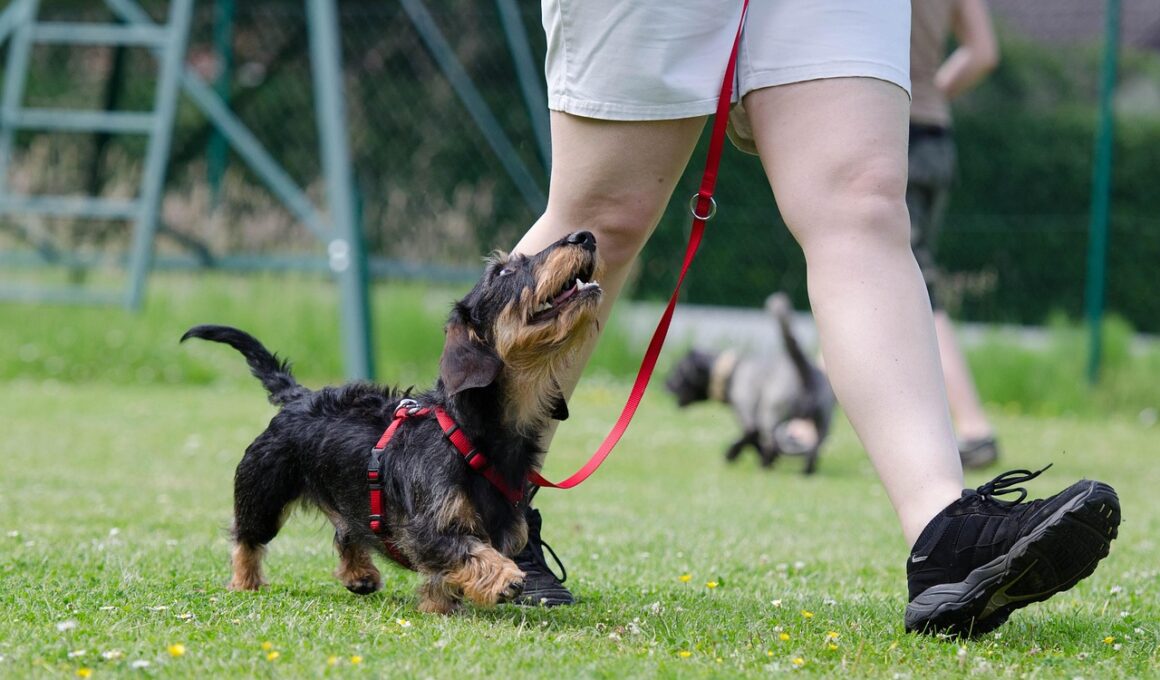The History and Evolution of Clicker Training for Dogs
The journey of clicker training for dogs has significantly transformed the methods utilized for canine obedience and agility. Originating in the realms of behavioral psychology, the concept of using a distinct sound is derived from the principles of operant conditioning. Initially, trainers relied on simply verbal commands or physical prompts to elicit desired behaviors from dogs. The introduction of the clicker revolutionized this field. The clicker functions as a precise and consistent tool to mark desired behaviors at the exact moment they occur. The sound produced by the clicker acts as a clear and concise signal for dogs, which effectively bridges the communication gap between trainers and their pets.
In the early days, animal trainers predominantly used methods grounded in dominance and intimidation, which have been scientifically proven to have limited effectiveness. The clicker training approach emerged as a compassionate and positive reinforcement technique. With this method, dogs learn that positive behaviors yield rewarding outcomes. Over time, trainers observed significant improvements in dog behavior and understanding. This paradigm shift has encouraged a broader acceptance of clicker training not only in professional circles but also among pet owners. As awareness increased, so did the availability and popularity of clickers, leading to today’s vibrant industry surrounding this training method.
The Mechanism Behind Clicker Training
Clicker training operates under the principle of positive reinforcement, wherein a behavior is rewarded to encourage its repetition. When a dog performs a desirable action, the trainer immediately clicks the clicker, followed by a reward. This timing is crucial, as it helps the dog to associate the click with the action performed. The coloration of the click sound cements the behavior within their memory, making it imperative for trainers to be prompt. Over time, dogs understand that the click indicates a reward is forthcoming, thus fostering a stronger bond between the trainer and the animal.
As the training progresses, the reliance on treats can be reduced gradually. Instead, the clicker acts as a standalone marker, which dogs start to recognize. This empowers trainers to utilize the clicker for various commands, from basic obedience to advanced tricks. One of the critical aspects of successful clicker training is consistency; the same behavior should consistently result in the same click. This creates clear communication and expectations. As such, trainers can build more complex tasks or behaviors incrementally, supporting a steady learning curve for the dog.
The Benefits of Clicker Training
The benefits of clicker training are manifold, making it a favored choice among dog trainers and enthusiasts alike. One significant advantage is the efficacy of the clicker in capturing behaviors at the moment they occur. The distinctive sound serves as an immediate indicator, aiding the dog in establishing a clear association. Additionally, this method cultivates a positive training atmosphere, increasing a dog’s eagerness to learn and engage with their trainer. A notable aspect is the adaptability of clicker training; it can cater to various training goals, whether obedience, agility, or behavioral modification.
Moreover, clicker training enhances the relationship between the trainer and the dog. As dogs recognize that their good behavior is acknowledged and rewarded, they become more responsive and attentive. This creates a dynamic of trust and collaboration. Trainers often report a decrease in frustration during training sessions, as communication becomes clearer and more effective. Furthermore, as many dog trainers advocate for this method, the clicker avails itself to various contexts beyond traditional obedience training. In essence, this reinforcement-based approach extends itself to addressing behavioral issues and assisting service animals in learning specific tasks.
Modern Trends in Clicker Training
In recent years, clicker training has gained traction among a broader audience, hastened by social media and various online platforms. Numerous trainers now share insights, tutorials, and success stories, thereby increasing visibility and accessibility. Online courses and workshops have become commonplace, enabling dog owners to delve into clicker training from the comfort of their homes. Furthermore, innovations in clicker designs such as ergonomics and auditory variations entice a wider market. As people discover the benefits of positive reinforcement methods, clicker training continues to evolve and see more diverse applications alongside other training techniques.
The community surrounding clicker training has also flourished, fostering a spirit of collaboration and resource-sharing. Numerous forums, social media groups, and workshops facilitate these interactions. Through these platforms, trainers collaborate on best practices, troubleshoot training challenges, and exchange invaluable tips and tricks. Consequently, the learning curve for both trainers and dogs is significantly shortened. The evolution from traditional methods to modern-day clicker training embodies a significant leap forward in how we approach dog training. It paints a comprehensive picture of a nurturing future for canine companionship whereby understanding, trust, and positive interactions prevail.


